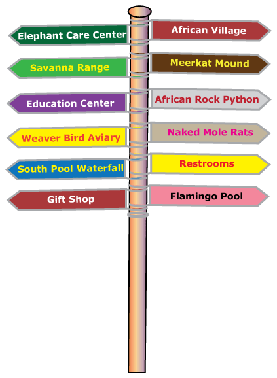ELEPHANT SANCTUARIES

Elephant sanctuaries around the world are established either to protect elephants in an area where their numbers have diminished significantly, or as a refuge for injured, neglected and abused animals. In addition, many sanctuaries also home old or sick elephants that have been retired from circuses, or ousted from zoos. Elephant sanctuaries around the world need to be certified as such to avoid further neglect of the animals. The certification required depends on the location of each sanctuary around the world.
These sanctuaries often invest large amounts of their budget to the education of others regarding the care and preservation of these magnificent beasts. Educational programs may include camps, electronic networks, fundraising initiatives, internships and so on. Some of the more modern sanctuaries have even installed non-intrusive cameras throughout the grounds to allow viewers from anywhere in the world to view the movements and habits of the elephants within their natural habitat, with no negative impact on the animals.
The medical resources at such a facility are of the utmost importance. The animals that are taken to a sanctuary are usually injured or abused and require not only top-class medical care, but also emotional care for the rehabilitation of the elephants’ sense of trust and calm. In addition, because many of the residents will have retired from zoos and circuses, a frail care centre is also necessary for the sanctuary to care for the aging elephants effectively. A quarantine facility is essential for the separation of very ill or contagious elephants from their healthier counterparts to avoid cross-contamination. Medical staff and veterinarians need to be available 24-7, with some staff members on site at all times. Because many of the elephants that are sent to a sanctuary are needy or abused, they require more love and attention than ever. It is vital that the sanctuary has assigned sufficient space for them to roam, so that they feel the freedom of the wild, while under the security of strict supervision. For their protection and further conservation, protection around the borders of the sanctuary has to ensure that all bad elements remain outside and that the elephants remain within the confines of the borders. Each sanctuary will need to analyse the availability of different types of security within their area, and how these correspond with their budgets.
The Elephant Sanctuary in Tennessee, has demonstrated a commitment to all of the essential criteria for the establishment and running of an effective elephant sanctuary. Their values and goals continue to expand in order to cater for a growing number of needy elephants and their work does not go unnoticed. See their website for indications of how the public can assist in their constant endeavors to preserve and protect elephants of the world.
The World Wildlife Fund has been supporting Asian elephant conservation for over 40 years, beginning with survey work in Sri Lanka and India in the 1960s. In 1998, WWF created the Asian Rhino and Elephant Action Strategy (AREAS) to conserve the remaining populations of these endangered large mammals and their habitats. The strategy recognizes that conservation success will only be possible through a wide-ranging approach that goes beyond protecting isolated areas and addresses issues of land-use practices. Although revered by many Asian cultures, the Asian elephant is being pushed to extinction. The remaining populations are mostly small, isolated, and fragmented because their ancient migratory routes and habitat have been disrupted by expanding human encroachment. Confrontations between elephants and people often lead to deaths on both sides; and poaching for ivory, meat and hides is still a widespread problem.



